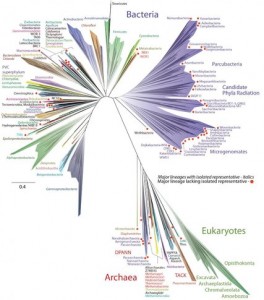Time In a Quilt
A few years ago I went through the last of my mother’s family treasures that had been in a closet at my parents’ home. I had left that last bit of stuff there primarily because the quilts were safer there than in my garage, and the rest of it frankly I was too worn out to deal with after the estate sale so many years ago.
The quilts were all folded neatly and stacked in a large wooden closet my father had made, and I began to pull them out one at a time. I marveled at the small square pieces that were hand sewn into larger squares, each representing a part of my mothers, her parents and grandparent’s lives. No doubt there were scraps of cloth in those quilts from a dress my great grandmother had made in Aspen, Colorado in the 1880’s or pieces of old flour sacks that, at that time were often vividly patterned. Nothing went to waste. It was self-preservation, but oddly it was also the preservation of American values, attitude and art. They were the product of a young country peopled with many that had drifted from lands of oppression. The very fabric of our can-do nation was on display there in cloth.
Many of the small pieces of those older quilts were tattered, but the white facings at the top of each of them were starched crisp and neatly tied. The facings were there to protect the pieced quilt from soiling as it was pulled tight around the occupants of the coiled spring beds as they struggled to stay warm in drafty old shacks on a winter mountain night.
Those stark white cotton facings embodied the pride those immigrant miners shown in all parts of their lives, most often amid the filth covered and muddy streets of most any mining town from West Virginia to the Klondike. Much like the quilts, they pieced their lives together wherever they were, planting bright colored flowers behind white-washed picket fences hoping it would be the last small camp they were forced to move to for work. The bright fabric pieces they used to put the quilts together provided colors of hope in lives that were war torn and weary.
Those immigrants came from all over the world from countries where they could not decide their own fate. They were pushed and pulled by greedy dictators rather than properly led by steady minds. Being powerless, the brave decisions to escape the authoritarian rule they lived under forced them to leave behind everything and everyone they knew. Often, they served as indentured servants on ships sailing to the storied lands of the Americas. If they were lucky enough to survive the journey, they were flung ashore with thousands of others hoping to begin again. Their lives stacked around them on rickety old docks.
Many of those people spoke languages foreign to even each other, but they all shared the desire to make a new life in a land that promised equality, law and a balance of powers. To be sure they were exploited in American mines and factories too, but they had at least some recourse under the law to protest even if sometimes their voices were silenced by the masters of their labor. As Martin Luther King is quoted: “The arc of the moral universe is long, but it bends toward justice.” And that is what all my relatives and others hung their hats on when they got off the ships in New York and San Francisco. They took some comfort in the fact that the system worked, albeit more slowly in times of excess.
When laying out all those quilts I took a journey back in time where it seemed the fabrics changed from drab to flowery, perhaps following the ebb and flow of prosperity of the makers simple lives. One quilt is made of soft material that perhaps came from winter work shirts and others were pieced with more flowery material, perhaps made over a particularly bad winter high in the mountains of Aspen or Almont. My Mother could have easily identified the maker of each of them. I can pick out my life and the life of my sister in some of them for they are made with pieces of dresses my mother or Grandmother wore, but most of them are fragments from lives of my linage long before I was born.
These all represent the strengths of America, where it has been and where it is going. They tell of the resourcefulness that lives in most of us, inherited from our immigrant past and pulled from the sum of our differences. Much like colors of the quilt pieces our lives compliment each other, some adding color and some strength, but all blended to get the most out of each other. America, the land of opportunity held together not by the same color of thread, but by pieces of our lives blended and stitched into an orchestra of living.

